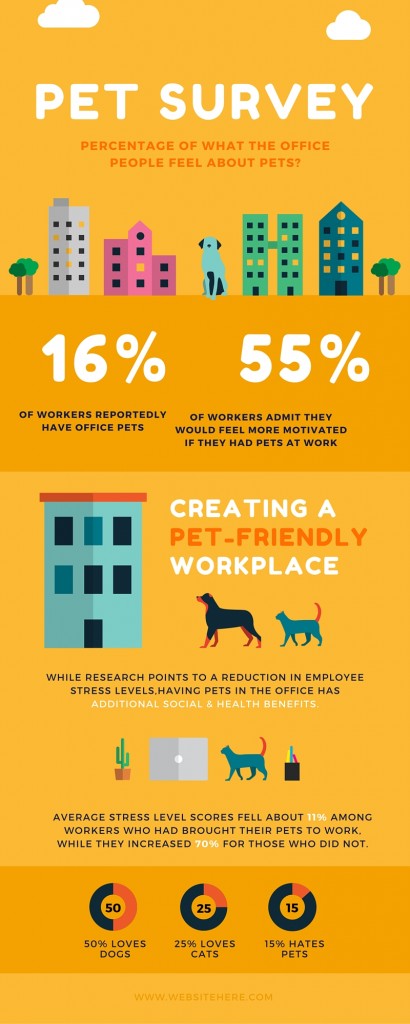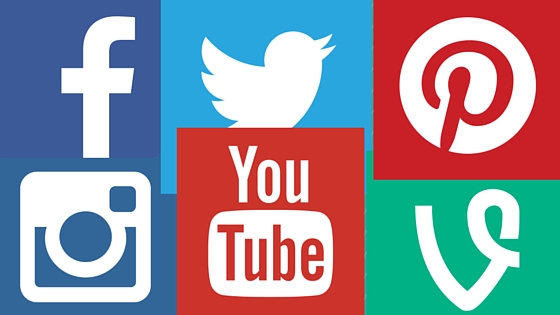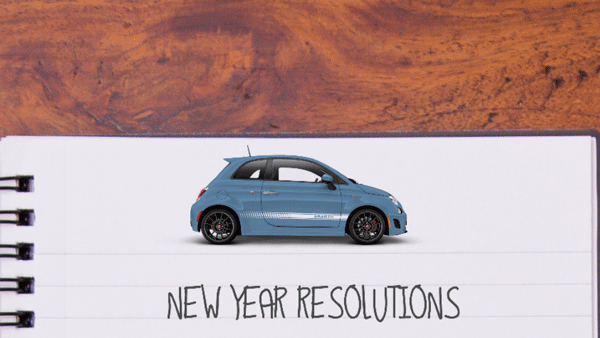When Dr Oetker started printing recipes on the baking powder bags back in 1891, I doubt he would ever think that he, along with John Deere will have been called the pioneers of content marketing more than 150 years later. From recipes and farmer magazine to infographics, blog posts, we’ve basically seen every form of content marketing out there. Some of them are great, and others, not so much.
There are many predictions what will happen to content marketing industry in the future, however, the future is now.
Why go visual?
Scientists say that thanks to the era of smartphones and tablets, our attention span has been reduced to the level of a goldfish (or even less). Goldfish has an attention span of 9 seconds, and humans went from 12 seconds in 2000 to 8 seconds today. While our attention span levels have reduced, our ability to multitask has improved. How is this important in the sphere of content marketing?
Why We Love Visual #Storytelling [Infographic] http://t.co/m5RQnFzAZA via @socialmktgfella #inbound #content pic.twitter.com/2ctTJ0y7U1
— Andre F Bourque ♕ (@SocialMktgFella) July 19, 2015
Videos
According to Jay Baer the author of Hug your Haters, videos will become more important. With Facebook’s autoplay option on, there’s a chance that someone will spot your video and stop to see it. Because video has every ingredient necessary for content marketing strategy cooked properly, you have a chance to get out of the social media marketing white noise.

Videos have audio, text (transcript) and photos. If you master the skill of transferring an information to a video that satisfies average users’ attention span – you gave a good starting point.
Even though you’ll focus on branded videos, the formula stays the same – keep it short, keep it informative and make sure that people will want to share it without feeling uncomfortable. There’s nothing worse than feeling a bit guilty because you shared something on your Facebook profile and it gets none or little attention from the audience. Buzzfeed, for example, nailed this formula for great content.
Read Andre’s interview with Butch Stearns from The Pulse Network on the importance of video marketing here.
Animated gifs to the rescue
This one is my favorite type of visual content. It has everything that average internet and social media user needs. They’re bite-sized animations, they have motion, and text and can be used instead of photos in your articles and blog posts. They can be shared and posted individually. Personally, I would go for gifs for telling an engaging story over 100 videos anytime.
Source: Fiat USA tumblr
Secret ingredient: If you manage to incorporate a bit of humor in your gifs, you’ll definitely raise chances of your content getting kudos from your users and customers.
Infographics
The rise of infographic popularity over the past few years isn’t much of a surprise. It holds everything you need – more graphic imagery, less text (but still – text) and it’s scrollable. You can pretty much learn everything you wanted in few minutes or less. Of course, not all infographics will be successful and not every infographic will go viral. If you look at your customers like they have a dollar sign instead of their faces, not all the best marketing strategies in the world will help you go viral. The customer is always right (even when they aren’t). Research their needs and interests and give them something that will provide them with info they need, and be sure that success will eventually come.

Images

Screenshot: Facebook ads guide
These babies will never grow old. With the rise of photo-sharing platforms like Instagram and Pinterest, images will never go out of trend. At least, not this year. However, you still have to be creative. You have to post photos that will make users want to engage with your brand. With Facebook and Twitter updating their image options, you can be sure that your content marketing strategy using images won’t go out of fashion.
Facebook has enabled Carousel ad option that works as a look book, so brands can post multiple photos of their products and services. Twitter, for example, reported that “tweets with rich media receive 313% more engagement and 52% more retweets”.
Secret ingredient: Do SEO for your photos and images properly, especially if you own a WordPress site. If you scratch Google’s back, it’ll scratch yours.
If there is anything you’d like to add, please do share your ideas in the comment section!
—
Chloe W. Miller started out as a fashion blogger, but decided to put her media university degree to a better use. Now she’s blogging about social media, content marketing and small business tips. Still in love with koalas and sicily.
She’s a contributor to Fliibyblog.com and can be found on Facebook.




One Comment
Comments are closed.